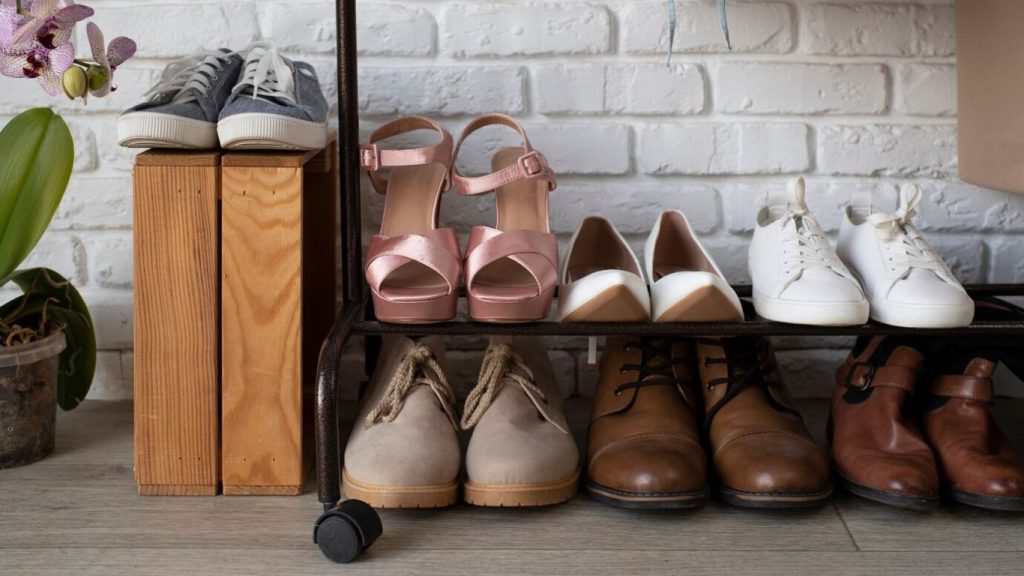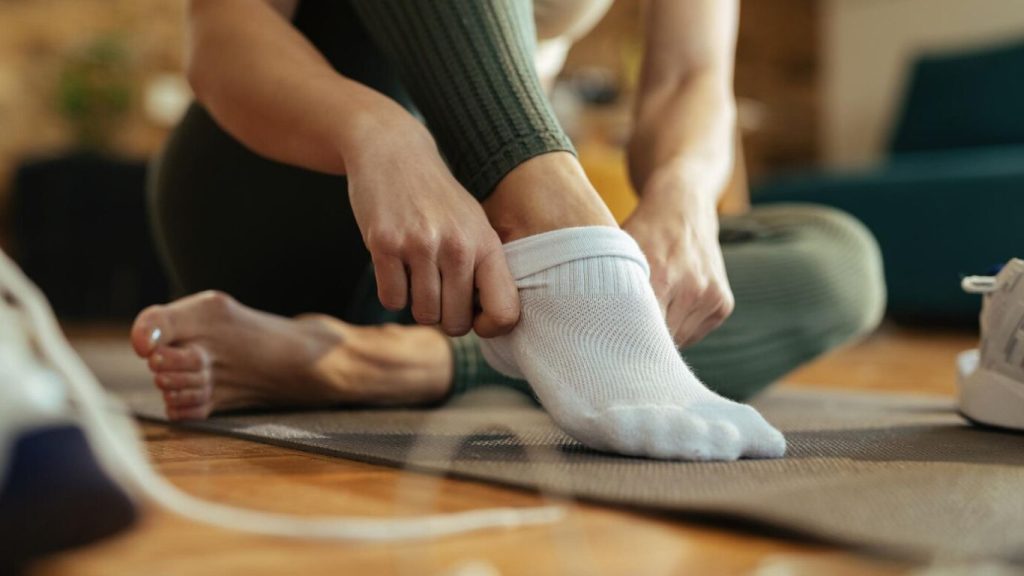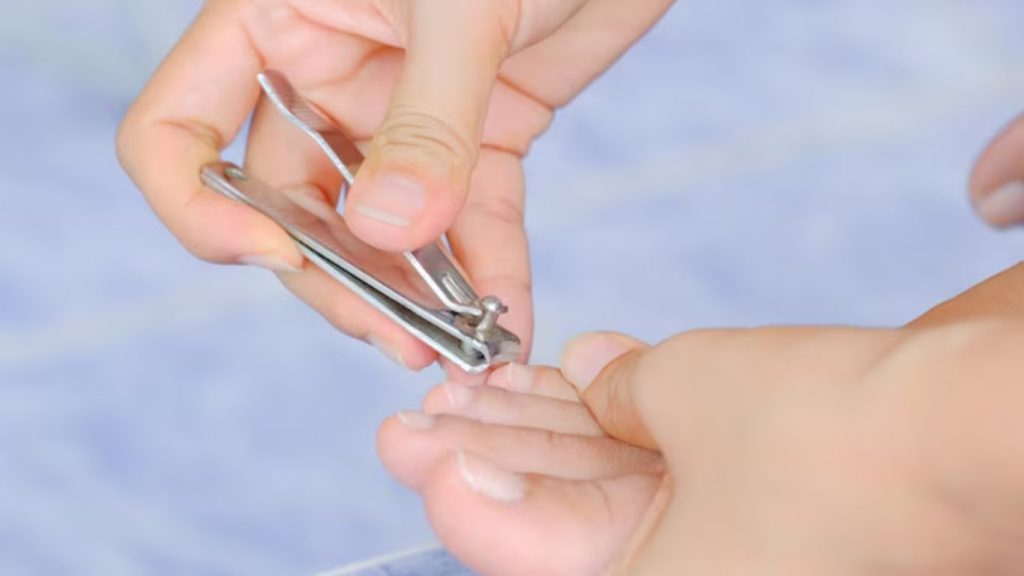Anyone who has experienced a blister, especially on the pinky toe, knows the disproportionate pain and discomfort this tiny ailment can cause. Given the pinky toe’s positioning, it’s prone to friction, making it a common site for blisters. In this article, we will dive deep into understanding pinky toe blisters, why they form, and how to treat and prevent them effectively.
Pinky Toe Blisters
Blisters are raised pockets of fluid on the skin. They form as a body’s natural defense mechanism against friction or pressure. The fluid inside, usually serum, cushions the underlying tissue, protecting it from further damage.
Why Do Pinky Toe Blisters Form?
The pinky toe, due to its location, often experiences repeated rubbing against shoes, especially if they’re tight or ill-fitting. Here are some common reasons:
- Tight Shoes: Shoes that don’t fit properly can exert excessive pressure on the pinky toe.
- High Heels: These can push the foot forward, squeezing the toes together.
- Moist Conditions: Wet feet, either from sweat or external moisture, can enhance friction.
- Unsuitable Socks: Thick seams, non-breathable material, or socks that don’t fit can increase the risk of blisters.
Treating Pinky Toe Blisters
1. Cleanse the Area
Firstly, clean the blister and surrounding area with mild soap and water. Pat dry gently.
2. Do Not Pop
Resist the urge to pop the blister. The fluid inside acts as a protective layer, preventing infections. If the blister breaks on its own, keep the area clean and avoid peeling the overlying skin.
3. Protect and Cover
Use a sterile bandage or blister pad to cover the blister. This will reduce further friction and protect against infections.
4. Keep It Dry and Clean
Change the bandage daily, or whenever it becomes wet or dirty. If the blister has popped, apply a thin layer of antibiotic ointment before bandaging.
5. Opt for Comfortable Footwear
Give the pinky toe some breathing room. Wear open-toed sandals or roomy shoes that don’t rub against the blister.
6. Consider Over-the-Counter Pain Relievers
If the blister is causing significant pain, OTC pain relievers like ibuprofen can provide relief. However, always use as directed and ensure no contraindications.
7. Monitor for Infection
Watch out for signs of infection: increased redness, warmth, pus, or if the pain worsens. If you suspect an infection, consult a healthcare professional.
Preventing Future Pinky Toe Blisters
1. Choose the Right Footwear
Prioritize comfort. Shoes should have enough toe space and be made of breathable materials. Remember, a stylish shoe is no good if it’s causing you pain.

2. Wear Suitable Socks
Opt for moisture-wicking socks. Materials like synthetic fibers help keep feet dry. Ensure socks fit well and check for irritating seams.

3. Foot Powders and Antiperspirants
If you have sweaty feet, consider using foot powder or a specialized foot antiperspirant. These can reduce moisture and, consequently, friction.

4. Conditioning
If you’re taking up a new activity, like running, condition your feet gradually. This slow buildup can help your feet adjust and reduce blister formation.
5. Blister Pads or Tape
If you’re prone to pinky toe blisters or are planning an activity that might increase the risk (like hiking), consider using blister pads or medical tape as preventive measures.

6. Keep Nails Trimmed
Long toenails can cause the adjacent pinky toe to elevate, leading to increased friction. Regularly trim your toenails straight across to avoid this.

7. Stay Hydrated
Hydration impacts skin health. When you’re well-hydrated, your skin is more resilient and less prone to blisters.

When to Seek Medical Attention
While most pinky toe blisters can be managed at home, certain situations warrant professional care:
- Large Blisters: If the blister is exceptionally large, it might be best to have it drained by a professional.
- Signs of Infection: Increased redness, warmth, pus, swelling, or streaks radiating from the blister are warning signs.
- Underlying Conditions: People with diabetes or peripheral artery disease should consult a healthcare provider, as they’re at higher risk of complications.
Conclusion
Pinky toe blisters, though small, can be quite bothersome. But with the right care, treatment, and preventive measures, they can be effectively managed. Prioritizing foot health, being mindful of footwear choices, and understanding the importance of reducing friction are key. Remember, while the steps provided are generally safe, always listen to your body and seek professional guidance when in doubt. After all, our feet carry us through life; they deserve some TLC!
Frequently Ask Questions
Pinky toe blisters typically form due to friction or pressure, often from tight or ill-fitting shoes, high heels, moist conditions, or unsuitable socks that cause repeated rubbing against the toe.
No, it’s best not to pop a blister. The fluid inside acts as a protective layer for the underlying skin, preventing infections. If it breaks naturally, keep the area clean and avoid removing the overlying skin.
Over-the-counter pain relievers like ibuprofen can help. Additionally, wearing comfortable, roomy shoes or open-toed sandals can reduce further friction and irritation.
Use a sterile bandage or a specific blister pad to cover and protect the blister. Ensure it’s placed without causing additional pressure on the blister.
Monitor for increased redness, warmth, pus, swelling, or if the pain worsens. If you notice any of these signs or if streaks start radiating from the blister, consult a healthcare professional.
If your shoes are causing or exacerbating the blister, it’s advisable to switch to more comfortable footwear until the blister heals. Ensure your shoes have enough space for the toes and are made of breathable materials.
Prioritize wearing well-fitting shoes, opt for moisture-wicking socks, gradually condition your feet for new activities, use foot powders or antiperspirants if you have sweaty feet, and consider using blister pads or tape as preventive measures.
Yes, wet conditions, whether from external sources or sweat, can increase friction, making blisters more likely.
Understanding how to properly care for a pinky toe blister can speed up the healing process and reduce discomfort. Always prioritize your health and consult a professional when in doubt.
